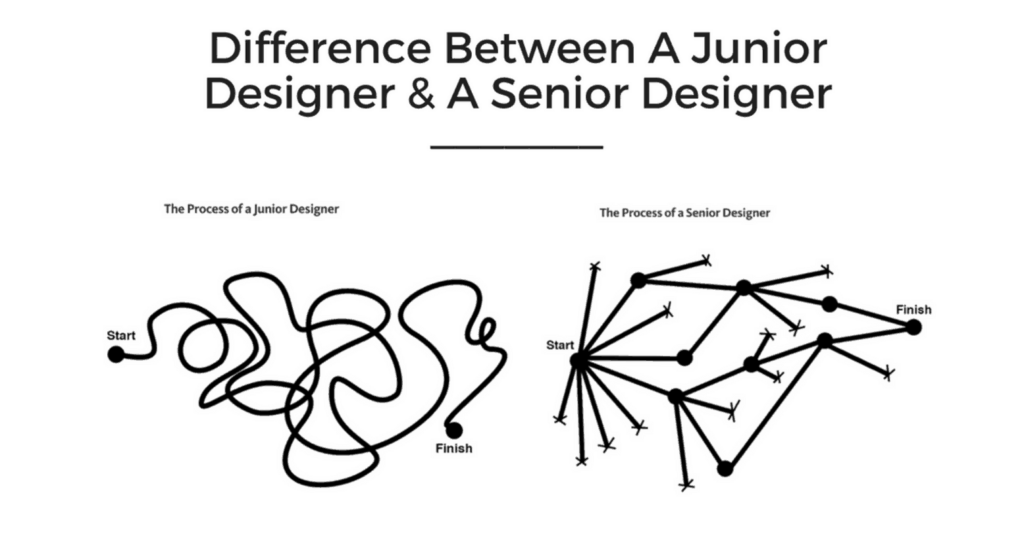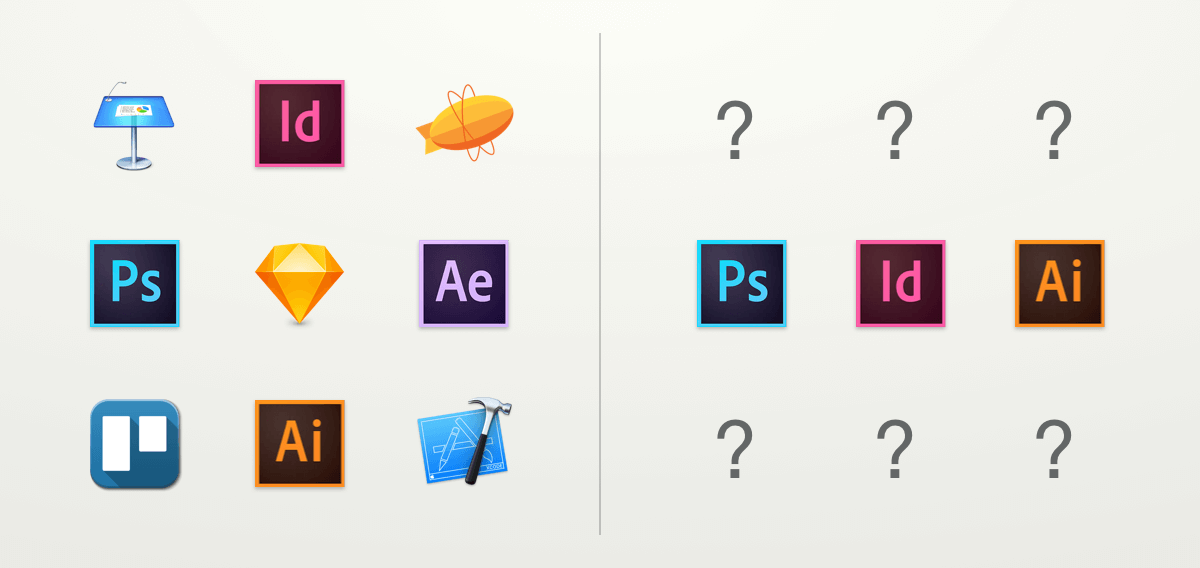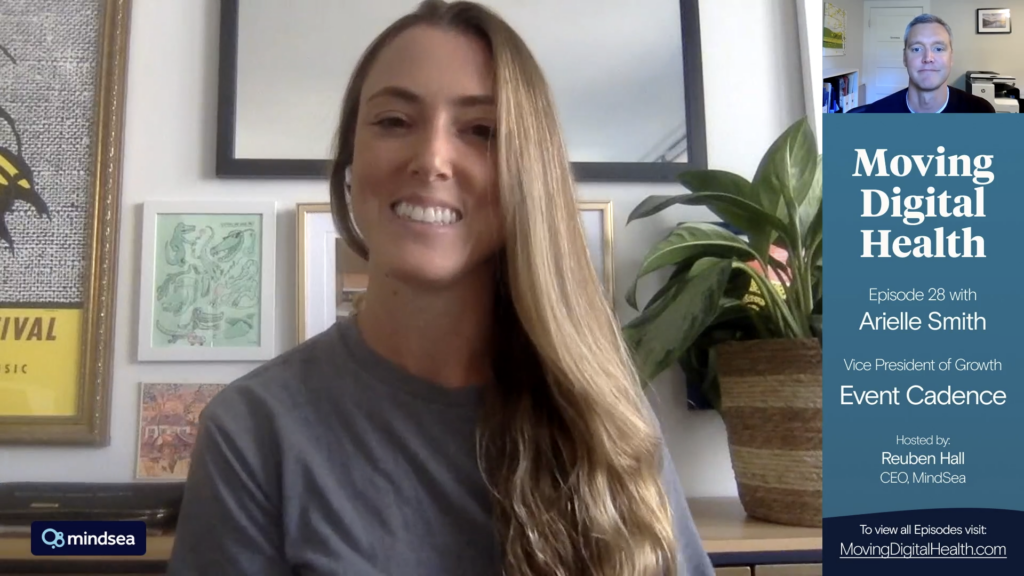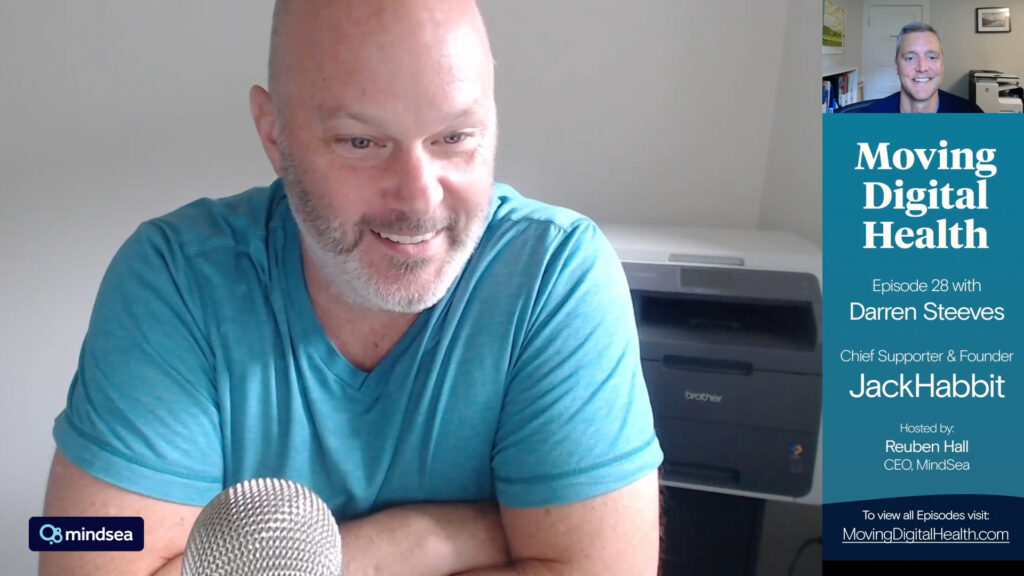When a startup launches an app that absolutely takes off, it’s no happy accident.
It’s the byproduct of having a top-notch startup designer on the team who understands exactly what users are looking for and how to deliver it to them.
Great designers aren’t always great startup designers—that is, if they don’t put in the work to understand what differentiates the best startup designers from the rest. If you’re looking to become a top designer at a startup, it’s absolutely necessary to have the right mindset and invest in acquiring the right know-how.
How do you separate yourself from the pack and become a great startup designer?
We analyzed some of the best in the business and came up with a handful of key traits they have in common, from understanding their users like the back of their hand to knowing which metrics to look at after launching a new product. These insights will help you make the jump from whatever you’re doing right now to finding a design job at a startup and consistently knocking it out of the park. Here are four characteristics of great startup designers:
They Know What Their Users Want & Need
It all starts with research.
Great startup designers always start by building a solid understanding of their users. Without this understanding, you’ll just be throwing darts in the dark, hoping something hits. The best plan of attack is to think of your end users and work backward. Here are three questions every startup designer should start their process with:
- What are the key pain points for our users?
- How can our design solve these pain points?
- How can our design go above and beyond the current experience?
After you’ve got those questions answered, it’s time to start conducting more extensive user research. Study the behaviors of your target audience and have conversations with them about their needs, wants and challenges. Only after you’ve clearly identified the problem in front of you can you put on your design hat and start designing solutions.
“Designing a great product means solving a real problem and doing it in a way that is 10 times better than how users currently solve it.” — Felix Hu, Director of User Experience at Calendly
Without research, your design is all but doomed from the jump. If you keep a true understanding of your users at the front of your mind as you’re designing and prototyping, you’re setting yourself up for long-term success.
At MindSea, we have built an established process through our Blueprints that ensures that every project we touch starts with research. The best part? It doesn’t take months and months to go from research to insight.The best startup designers understand the value of research but also recognize the need for speed. Which takes us to our next point…
They Know Shipping Quickly & Learning Fast Is Best
You can’t just take your time building something you think is great, launch it, then sit back and watch your user base grow. If you hit a home run right away, you deserve to pop a bottle of nice champagne, but the reality is this:
Building a successful mobile app requires constant testing and learning.
The best designers don’t consider their job complete until the problem is solved, whether that be after three iterations or 300.
Focus on creating quickly, shipping what you’ve created, and gathering as much feedback as possible to optimize the user experience based on what your real live users want.
“My advice is to put your ideas in front of real people early and often.” — Katherine Terrell, Creative Director at Change Healthcare Corporation
Julie Zhuo, VP of product design at Facebook, uses a series of clever visuals to illustrate what separates junior designers from senior designers. The key is in the creation process.

Sometimes it’s not award-winning design that seals the deal. Rather than spending months crafting your idea of the perfect product before users ever get their hands on it, create dozens of possibilities, ship them, then learn and keep tweaking. Eventually, you’ll know exactly what your users are looking for.
They Understand Which Metrics Matter
Great startup designers are able to separate the key metrics from the vanity metrics.
Everybody’s pleased when their work gets love on social media. Whether it’s a ton of likes on Facebook, or a trending design on Behance or Dribbble, these vanity metrics are an easy trap to fall into.
“The goal isn’t to have product mockups trend on Behance or Dribbble, the goal is to get customer feedback and get closer to product-market fit.” – Brian Jeffcock, Startup Founder and Designer
Facebook likes and Twitter retweets don’t directly make you money.
Rather than celebrating when your design cracks 1,000 likes on Facebook, celebrate when a new change you just made doubles your conversion rate.
“Every organization has different key metrics that matter at different times in the business life cycle. Sean Ellis, CEO of GrowthHackers, suggests companies should have a “North Star Metric” — or one metric that matters most to driving meaningful growth. As a designer, it’s important to understand what metrics matter to your team so you can focus on projects that help improve that KPI.” — Katelyn Bourgoin, Serial Entrepreneur and Designer
Instead of letting these simple vanity metrics take over during the evaluation and measurement phase, focus on the more important numbers like:
- How many users successfully sign up vs. those who drop out early
- Change in conversion rates when new features go live
- Whatever your North Star Metric is
Beautiful designs don’t always convert effectively or solve a user’s problem in the best way. They may get you some serious social love, but social love doesn’t keep a startup alive.
They Can Wear Multiple Hats
Startups typically don’t have the budget to hire a massive design team in the early stages. This means you’re usually the one and only designer on the team. At agencies, wearing multiple hats is the expectation as you’re working on a variety of different problems and identifying a wide variety of different solutions. The best startup designers don’t reject this possibility in their own work, they embrace it… The best startup designers take this in stride.
You may be designing a new landing page to increase conversions one week, then prototyping an iPhone app design the next. Regardless of what your design background is, you’ll need to quickly become the everything designer if you want to be a great startup designer.
“If you’re a product designer, you’ll quickly end up being an everything designer: doing brand, sound, and graphic design to fill needs as they arise.” — Lee Byron, Designer at Facebook
Now this doesn’t mean you can just go sit in your own corner with headphones in all day and create. There will absolutely be times when that’s required, but as the only designer you need to make sure you’re working closely with the rest of the team.
If you have a team of developers bringing your designs to life, there needs to be an open communication channel between you. You may have your own timelines established, but if you don’t factor in how long it takes your developers to create what you’re designing, you’ll be faced with missed deadlines and other headaches.
Prime example: If the goal is to create quickly and ship quickly, than overly complex mockups are not the way to go. Instead, go simple whenever you can. But if you really, really want to make something complex, sit down with your developers and set up a timeline together.
The best startup designers know how to stay on the same page with the rest of the team and move as fast as possible together.
Wrapping Things Up
In the startup world, time moves much quicker than usual.
One month at a startup is equivalent to three months at a big company. The best designers know this, and they’ve adapted to the up-tempo startup environment. You may be used to mapping out projects from start to finish over a few months, but if you want to become a great startup designer, you’ll need to adjust your mindset.
If you’re looking for the next steps, start building your expertise on the mobile app design front with The Ultimate Guide To Understanding UX Design For Mobile Apps.
Mobile is booming right now and there’s still more potential for growth. If you can become a master of mobile app design, you’ll separate yourself even further from the pack.
What else do you think makes a great startup designer? We’d love to hear from you!



